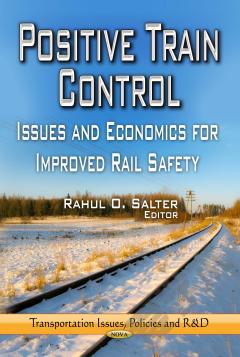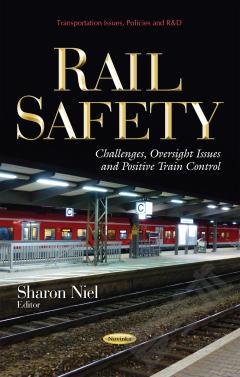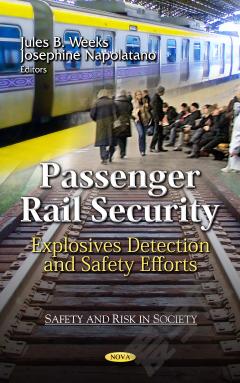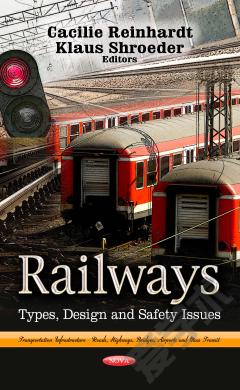Positive Train Control: Issues and Economics for Improved Rail Safety
Positive Train Control (PTC) is a communications and signaling system that has been identified by the National Transportation Safety Board (NTSB) as a technology capable of preventing accidents caused by train operator or dispatcher error. PTC is expected to reduce the number of accidents due to excessive speed, conflicting train movements, and engineer failure to obey wayside signals. The Rail Safety Improvement Act of 2008 (RSIA08) requires implementation of positive train control on railroads which carry passengers or have high-volume freight traffic with toxic or poisonous-by-inhalation hazardous materials. This book provides an overview of the issues and economics for improved rail safety. While PTC promises benefits in terms of safety, its implementation entails substantial costs and presents a variety of other policy-related issues. These include the interoperability of individual railroads' systems, sufficient radio spectrum to support PTC, and the possibility that PTC could be a barrier to market entry.
{{comment.content}}








 京公网安备 11010802027623号
京公网安备 11010802027623号